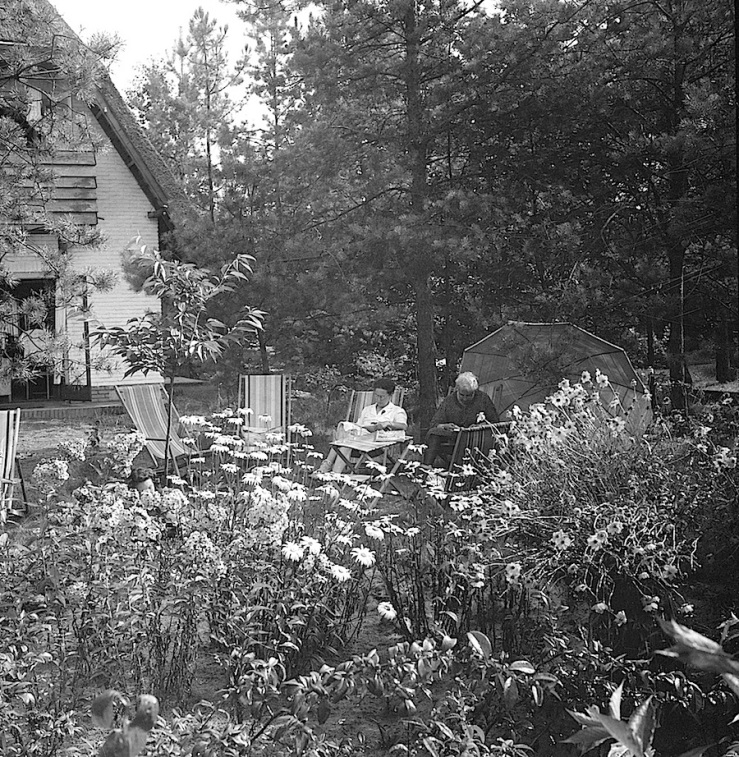
Moncure Daniel Conway and family at their London home, ca. 1890s, photographer unknown, via House Divided: The Civil War Research Engine at Dickinson College.
Moncure Conway (third from the left) was a southern abolitionist, born in Virginia to a prominent slave-owning family and educated at Dickinson. After college, he first became a circuit-riding Methodist minister, but then a crisis of conscience led him to further study at Harvard and ministry in the Unitarian Church. At the outbreak of the Civil War, he undertook a mission to promote the anti-slavery, pro-Union cause to Great Britain. London became his home for most of the rest of his life as he led the nonconformist South Place Ethical Society.
From the mallets in the picture, members of the family seem to have just finished a croquet game. The maid is bringing out tea.






